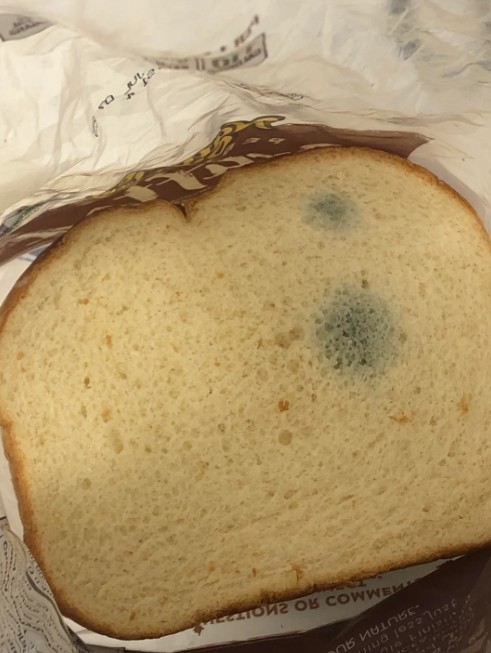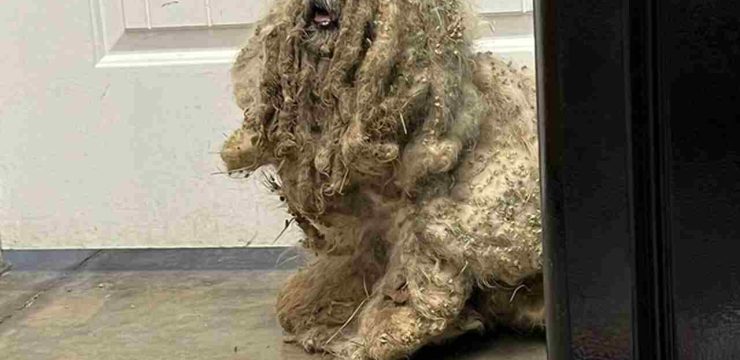Let’s be real—most of us have stood over the kitchen counter, holding a rock-hard loaf of bread, wondering, “Is this still okay to eat or should I toss it?” Bread has a knack for going from soft and fluffy to brick-like overnight, which raises the age-old question: is stale bread safe to eat? The answer is yes—as long as it’s just stale and not moldy, you’re in the clear.

When bread becomes stale, it’s usually because it has lost moisture through a natural process called retrogradation, where starch molecules harden and push water out. This leads to a tougher texture, but it’s not harmful to eat. Sure, it might not be enjoyable to chew on without help, but it’s perfectly fine, and more importantly, it’s salvageable. One quick fix is heating it—just wrap the bread in foil and pop it in the oven at 350°F for a few minutes to rehydrate it. Or make toast, since stale bread crisps beautifully. Even better, repurpose it. In fact, some recipes work better with bread that’s past its prime. You can turn stale bread into homemade breadcrumbs by drying it further, pulsing it in a food processor, and storing it in an airtight container to use on casseroles or for breading meat.
Croutons are another great use—just cube the bread, toss it with olive oil and seasoning, and bake. French toast? Even better with stale bread because it holds up to soaking without falling apart. Bread pudding actually depends on older bread for that signature custardy texture, and Italian panzanella salad uses stale bread to absorb juicy tomatoes and vinaigrette without turning to mush. Stuffing also works best with bread that’s dried out a bit. But what about mold? That’s a whole different story. If you see mold—green, blue, black, or fuzzy—it’s a no-go. Bread is porous, so even if mold is only visible on part of it, those spores have likely traveled further than you can see. Cutting away the moldy part doesn’t make it safe because microscopic mold may have already spread throughout the loaf.
Eating moldy bread can lead to allergic reactions, respiratory issues, or exposure to mycotoxins, which are harmful and can cause serious food poisoning. The safest option is to throw the whole thing out. Now, how long does it take for bread to go moldy? It depends on moisture levels, temperature, and whether preservatives were used. Fresh bread without preservatives might mold in two to three days at room temperature, while store-bought bread with preservatives like calcium propionate could last a week or more. Bread kept in a cool, dry place will fare better than that left in warm, humid environments.
Refrigerating bread, surprisingly, doesn’t help much—it might slow down mold, but it speeds up staling. If you must store bread for more than a few days, freezing is your best option. Slice the loaf first, wrap it in foil or plastic, and store it in a freezer-safe bag. That way, you only thaw what you need. For short-term storage, avoid plastic bags unless sealed tightly and only if you’ll eat it quickly. Plastic traps moisture and encourages mold. A bread box or paper or cloth bag is better for short-term room temperature storage, letting air circulate to prevent mold while slowing down the staling process. Different breads need different care—artisan loaves like sourdough do best in a paper bag or bread box and will last two to three days. Store-bought sandwich loaves with preservatives can stay in their original bag for about a week. Homemade bread, without any preservatives, starts to stale or mold fast, often within two to three days—so freeze what you won’t eat quickly. At the end of the day, stale bread is totally safe to eat and actually ideal for certain dishes, while moldy bread is absolutely unsafe and should be tossed immediately. With a little awareness and some basic storage tips, you can make the most of every loaf, waste less food, and even save money. So the next time you find yourself holding a questionable slice, just ask yourself: is it dry or is it moldy? One turns into croutons or French toast, the other goes straight to the trash. Trust your eyes, your nose, and your common sense—and give that stale bread a second chance.





